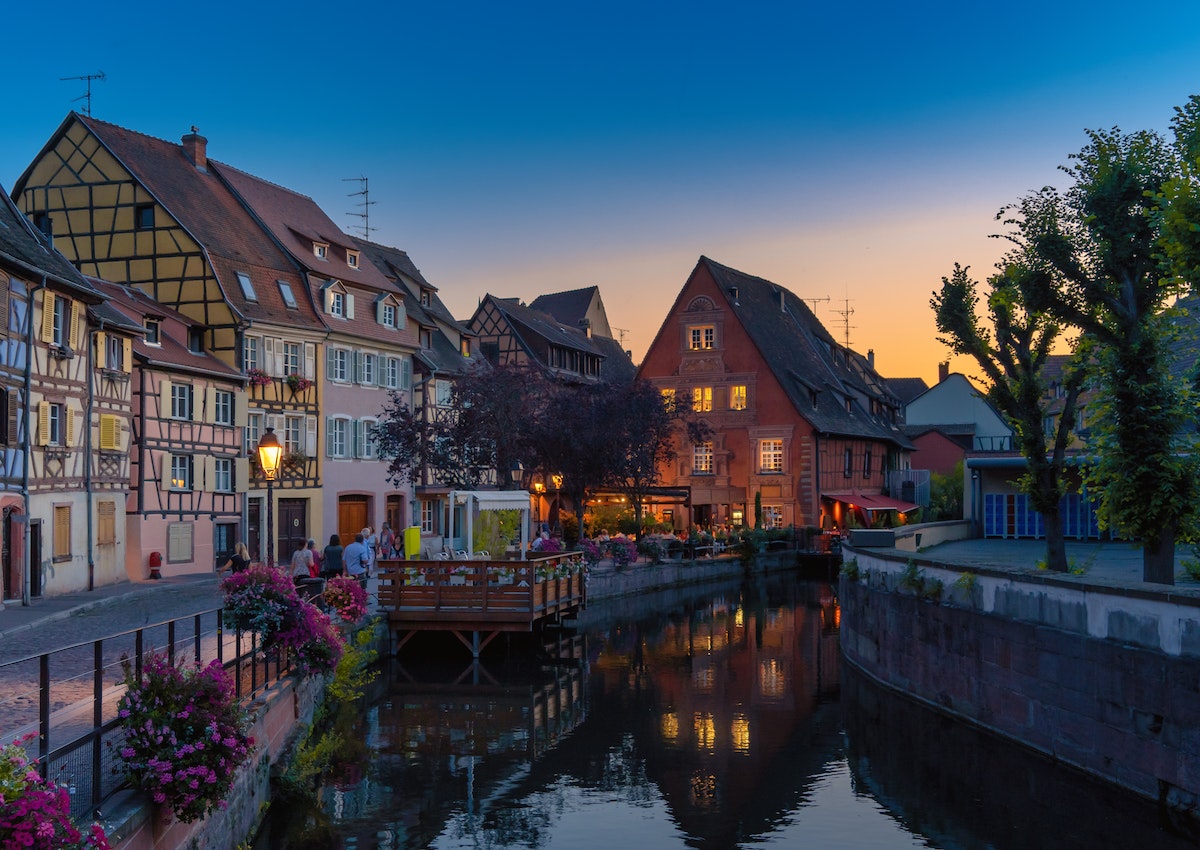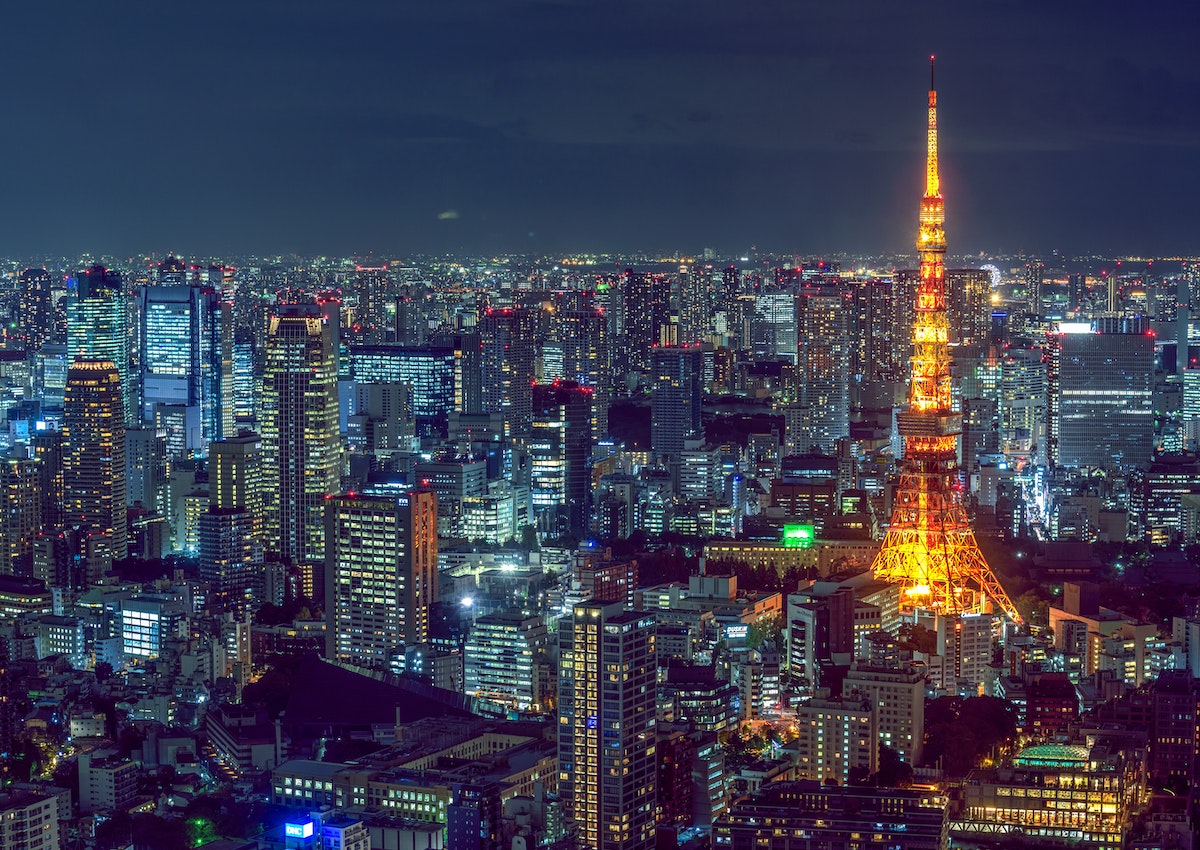Top 5 tourist attractions in Malaga , which gives you the necessary pointers to be able to start a visit to this wonderful city. All you have to do once you are here is to visit the sights and tourist attractions that Malaga has to offer , take a stroll through the old center, browse the specific boutiques of Andalucia or enjoy the best tapas at one from the restaurants with the most beautiful views of the Mediterranean Sea.
Table of Contents
Toggle1. Alcazaba de Málaga and Gibralfaro Castle
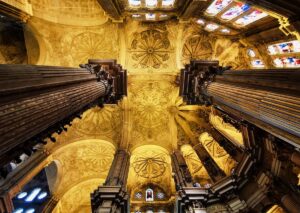
The fortress of the Moorish kings for centuries, Alcazaba de Malaga was built in the 9th century and rebuilt in the 11th century on the ruins of a Roman fortress. Placed in a place of honor, at the top of Monte de Gibralfaro , this fortress was designed with no less than 3 circuits of defense walls and 110 main towers. If you decide to visit it, you can also see three of these towers, namely: Torre de la Vela , Arcul de Cristo (at the entrance) and the impressive Torre del Homenaje. In addition to its imposing architecture, the Alcazaba de Malagait impresses with its wonderful gardens, a real point of attraction for tourists and the place where you can capture cute snapshots to post on your social accounts.
The Alcazaba de Málaga is actually a tourist complex that includes the Alcazaba , the Roman Theater and the Gibralfaro Castle and which houses the Malaga Museum and the Fine Arts Museum. The last listed tourist attraction boasts an impressive collection of paintings belonging to local painters from the 19th century, among which we list works by Spanish artists Muñoz Degrain , Enrique Jaraba , Joaquin Sorolla or Salas.
Pablo Picasso has exhibited two of the artist’s early works, Malaga being the place where he was born and grew up.
The Museum of Archeology exhibits Roman antiquities, a collection of Spanish-Arab ceramics, as well as different poses of the castle’s construction. The Roman Theater , as I told you, is another component of what Alcazaba de Malaga means today. Its ruins date back to the reign of Augustus, and today it is used for various outdoor theatrical performances.
Gibralfaro Castle was built by Abd-al-Rahman III, the caliph of Cordoba, who ordered the construction of the castle in the 10th century on the site of an old Phoenician lighthouse. Its name derives from Arabic and Greek and means “lighthouse rock” . After construction, the Gibralfaro Castle underwent certain interventions, and the one who enlarged the castle was the Sultan of Granada, Yusef Primero, at the beginning of the 14th century.
History has recorded many episodes that happened here, but the culmination is the three-month siege of the Catholic kings Fernando and Isabel, an event that has remained known in history and which is illustrated on the city’s coat of arms, next to the province’s flag. Although, at present, it is mostly in ruins, the site is appreciated both for its special historical value and for its panoramic views; from here you can see the Port of Malaga but also part of the coastal area of the province.
2. Malagueta Beach
After visiting the Alcazaba de Málaga and the Gibralfaro Castle , you will be able to easily reach one of the city’s beaches. The first one you will reach is called La Caleta , followed by the well-known Malagueta Beach. Both are two superb Spanish beaches, maybe not as well-known as Barceloneta in Barcelona , but take into account that they are “Blue Flag” beaches , a category that applies only to those beaches that comply with certain standards of water, sand and service quality offered.
While you relax lying on a deckchair, you can enjoy a portion of espetos (grilled sardines) at one of the terraces on the beach; the price of a portion is affordable – around 2 Euros.
3. The Old Center
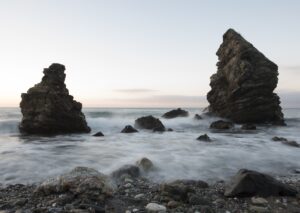
If you take it a step from Malagueta beach , at its end you will find the port – a lively area, full of terraces and shops. Here you can buy a ticket for a boat ride on the sea or you can enjoy yourself for a few hours shopping or enjoying the local dishes and admiring the sea.
If you want to reach the old center of Malaga , continue in the direction of Marques de Larios. This is the most important pedestrian and commercial street in Malaga, at the end of which you will reach the old center. Narrow streets, welcoming terraces but also a series of important tourist attractions of the city of Malaga, you will find them all in the old center.
A tourist attraction worth spending a few dozen minutes on is the Malaga Cathedral. Although its official name is “Cathedral of the Incarnation” ( Catedral de la Encarnación de Málaga) , it is popularly known as La Manquita .
The construction of the Malaga Cathedral began in 1528 and the works were extended for 250 years. However, the cathedral is still not finished – it lacks the tower on the south side, originally designed by the architect and sculptor Diego de Siloé, but also the balustrade planned to be built in the upper part of the building along with other decorative elements. If you get to visit it, you will love the result of the complex construction process that lasted until the end of the 18th century: the detailed facades, the combination of architectural styles due to the extension of the construction period, here you can find from Gothic influences to Renaissance influences or baroque.
To visit it, you have the option of a one-hour guided tour, which will allow you to discover the most important secrets of the imposing building.
Also in the old center you have the opportunity to see what a typical market in Andalucia means: Piata Centrala , a market with vegetables, fruits, flowers and delicacies.
The Picasso Museum is an important tourist attraction and a special attraction in Malaga, due to the fact that, as I mentioned, the great artist was born and raised here. The twelve rooms open to the public offer visitors the opportunity to admire 233 creations of Pablo Picasso, which were created between 1892 and 1972, which will give you a visual demonstration of the artistic evolution of the great painter.
The location of the Picasso Museum is a superb one, inside the Buenavista Palace , a Renaissance building from the 16th century. Also here you can admire a private collection, signed by Christine and Bernard Ruiz-Picasso, daughter-in-law and grandson of the artist, with lesser-known works from different artistic periods.
If you opt for a guided tour of the Picasso Museum, which lasts an hour and a half, you will also benefit from a visit to the Santiago Church, where the artist was baptized, and a visit to the artist’s birthplace.
4. La Conception Botanical Gardens
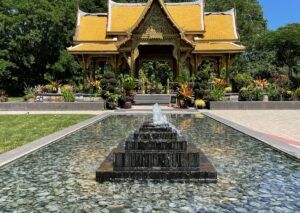
The La Conception Botanical Gardens were laid out for the first time in 1855 and are considered among the most beautiful botanical gardens in Europe. These are a true tropical paradise that combines the simple beauty of classic gardens with the exoticism of Mediterranean, tropical and subtropical flora and with the novelty of plant species brought from all corners of the world.
Jardin de La Conception offers you a variety of beautiful landscapes on an area of 3 ha and offers visitors gardens arranged in a romantic style, of unusual species, tropical plants and exotic flowers. The historic gardens are surrounded by an area of 23 ha, with newly landscaped gardens or special exhibitions, such as ” Plants from the region ” and ” Around the world in 80 trees “.
The Gonzalez-Andreu Garden has 50 different species of plants from the Solomon Islands, Polynesia, China, Japan, Australia, Brazil or Mexico. If you arrive in the area at the end of March, you must visit the gardens to see the Wisteria Tree , especially beautiful when it blooms.
Visitors have at their disposal a series of walking routes, precisely in order not to miss the beauty of these gardens: the Forest Route – crosses a lush forest, the Visiting Route – includes sensational views of the city of Malaga, the Around the World Route – is a tour through the flora of the 5 continents, Europe, America, Asia, Africa and Oceania or the Jewels Route of the Conception Gardens – an hour and a half route that will take you to a separate world with bridges, waterfalls, ponds or different types of palm trees.
5. Museum of Folk Arts and Costumes
The Museum of Popular Arts and Costumes in Malaga is a charming museum that you will discover in the old center of the city of Malaga. Housed in a typical Andalusian building from the 17th century, it has several architectural elements that reveal Moorish influences, such as the white-painted walls, works of Islamic origin, the central courtyard or the way the gardens are laid out.
The Museum of Popular Arts and Costumes will introduce you to a world of crafts and handicrafts from the Andalucia region. A varied range of exhibits, from antique cooking equipment and fishing tools to handmade ceramics and folk costumes. If you choose to visit it, you will leave with a clear image of the richness of Malaga’s artistic heritage and traditions.


